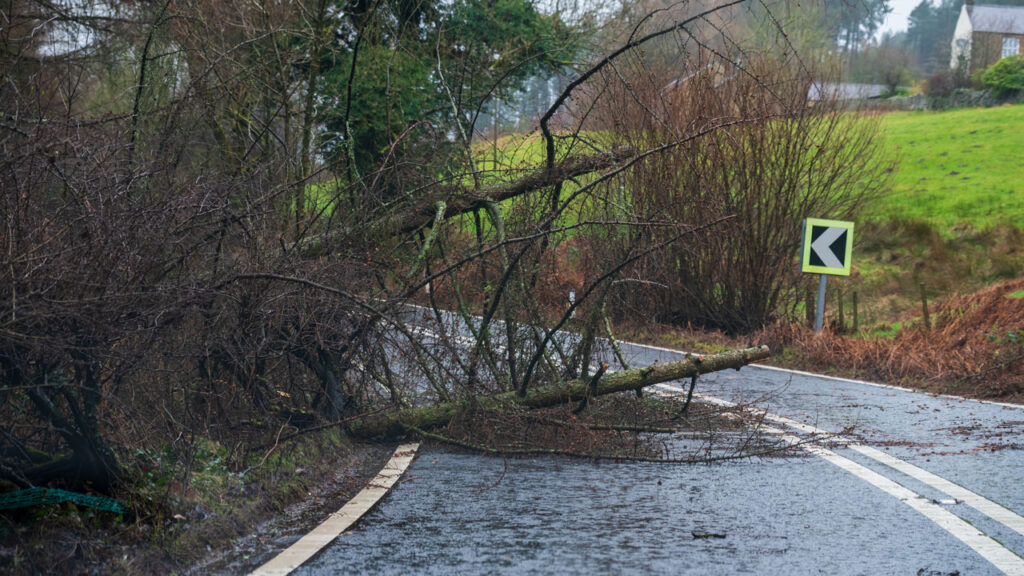
How well can artificial intelligence predict storms?
Artificial intelligence (AI) can quickly and accurately predict the path and intensity of major storms, a new study has demonstrated.
A research team from the University of Reading and National Centre for Atmospheric Science have found that weather forecasts using AI can produce predictions of similar accuracy to traditional forecasts, and are faster, cheaper, and use less computational power.
We asked researchers from the National Centre for Atmospheric Science how well AI models can simulate intense windstorms.
Accuracy of AI weather models
To understand the effectiveness of AI-based weather models, researchers compared four AI models with traditional physics-based forecasts of Storm Ciarán, which hit the UK in November 2023. The AI models were able to predict the storm’s rapid intensification and track 48 hours in advance, and were almost indistinguishable from the performance of conventional forecasting models. The AI models also accurately captured the large-scale atmospheric conditions that fuelled Ciarán’s explosive development, such as its position relative to the jet stream – a narrow corridor of strong high-level winds.
However, all four AI systems underestimated Ciarán’s maximum wind speeds. The authors were able to show that this underestimation was linked to some of the features of the storm, including the temperature contrasts near its centre, that were not well predicted by the AI systems.
“While impressively accurate in predicting deepening and evolution, they do struggle with frontal fracture and peak wind speeds, thus underestimating impacts,” explains Ambrogio Volonté, a Senior Research Fellow at the National Centre for Atmospheric Science and University of Reading.
Forecasting extreme weather
Storms tend to vary naturally in intensity and frequency on an annual basis – this makes identifying trends in storms particularly challenging, however links between human-caused global warming and storms should be expected.
A warming atmosphere is linked with heavier rainfall, because the air is able to hold more moisture.
As the climate continues to warm, the effect will increase, and storms with heavy rain are expected to become more common. Additionally, the extra release of energy by clouds will likely lead to an increased rate of storms that rapidly intensify and a strengthening of the most extreme storms.
To better protect people from extreme weather like Storm Ciaran, the researchers say further investigation of the use of AI in weather prediction is urgently needed. Development of machine learning models could mean artificial intelligence is routinely used in weather prediction in the near future, saving forecasters time and money.
